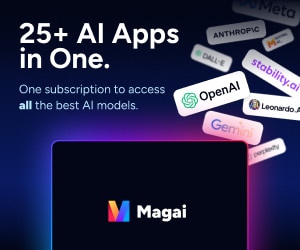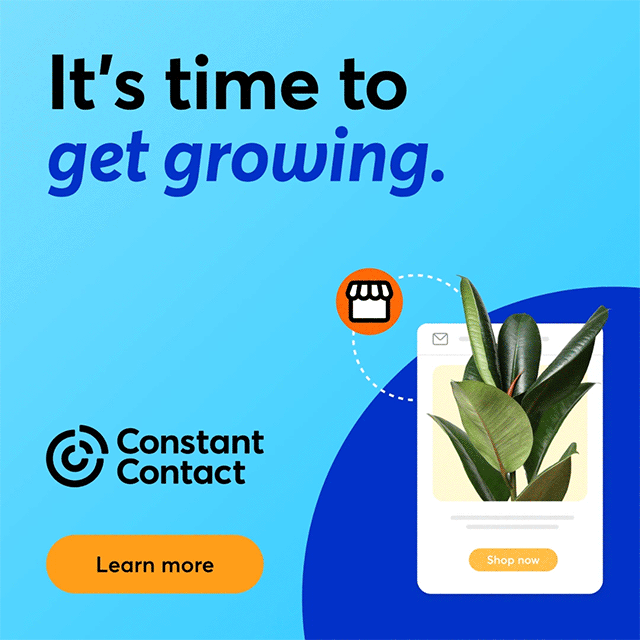How is wearable technology improving the lives of people with disabilities? Mashable, a social media news website, lists a number of companies that have developed items of clothing that will assist not only the blind, but also people with mobility impairments.
Some Examples Of Wearable Tech Improving Lives
Point Locus has developed a vest connected to GPS that uses haptic technology to help the blind find their destination using subtle vibrations.

A number of companies have developed Bluetooth insoles. The insoles are connected with one’s smart phone to provide haptic directions to one’s desired destination.
Appearing a bit more fashionable than the Point Locus vest is Wearable Experiment's Navigate Jacket. When you decide where you want to go, you can download the desired location through your smart phone and transmit the data to the jacket. The jacket then uses haptic vibrations and LCD lights to guide you to your destination. These jackets are being tested for both men and women.
For a subtler approach, a number of companies such as Lechal have developed Bluetooth insoles. The insoles are connected with your smart phone to provide haptic directions to your desired destination. The main advantage is that no one has to change their wardrobe to use one of these devices.
In addition, Google Glass has a number of applications, or Glassware, that help paralyzed people control their wheelchairs, take pictures, send text messages, make phone calls, and a number of other things with a simple ” ok glass ” voice command followed by the feature they want to activate.
Also, a Canadian company called Thalmic Labs have developed an arm band called Myo Alpha. This band is able to measure muscle activity and is thus able to control a number of devices ranging from a drone to a prosthetic limb.
Hopefully these revolutionizing new products and wearable tech improves lives and will help disabled people with their everyday activities.








I found your Post fascinating. I’m glad to finally see technology being used to help disabled individuals.
Thanks for taking the time to read the post. It’s pretty cool what some very smart people are dong to make the lives of some disabled people richer.
Thanks for your excellent blog post! I certainly enjoyed reading it, and plan to bookmark your blog and definitely will come back in the foreseeable future. Have a nice week!
Thank you!